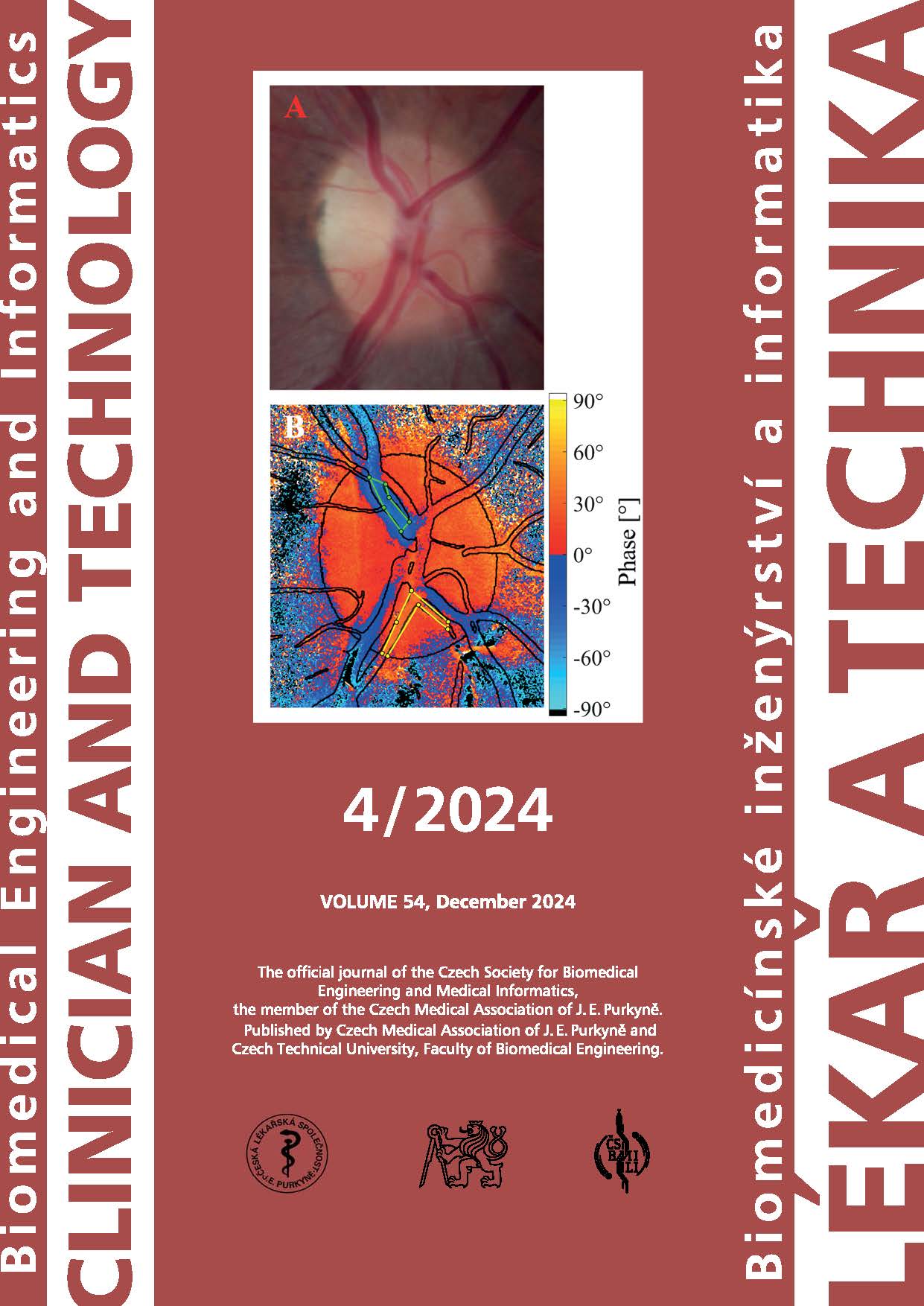THE DIMENSIONAL ACCURACY OF PROVISIONAL DENTAL REPLACEMENTS MADE BY DIFFERENT TECHNOLOGIES
DOI:
https://doi.org/10.14311/CTJ.2024.4.03Abstract
The accuracy and quality of temporary dentures are important factors in dentistry, especially when bridging the time between tooth preparation and the placement of definitive dentures. The aim of this study is to determine the dimensional accuracy of temporary dental prostheses, specifically crowns and bridges, manufactured using different technologies. Three manufacturing methods were evaluated: stereolithography (SLA), digital light processing (DLP) and CNC milling. A total of 30 temporaries (n = 30) were fabricated, with an equal number fabricated using each technology. The fabricated samples were scanned with an S900 Arti 3D scanner (Zirkonzahn, Italy) and the scanned data was analyzed using GOM Inspect software (Zeiss, Germany) to detect deviations from the original model. The results showed that SLA technology showed the smallest deviations (0.025 ± 0.002 mm), indicating the highest accuracy among the tested technologies. DLP technology demonstrated medium accuracy (0.052 ± 0.011 mm), exceeding CNC milling, but not reaching SLA accuracy. Conversely, CNC milling showed the largest deviations (0.106 ± 0.009 mm) and the lowest accuracy in the production of temporary dentures. Based on the accuracy of the produced crowns and bridges, the SLA technology is therefore considered the most suitable for the creation of temporary dentures. These findings underscore the potential of SLA technology in achieving higher precision in dental applications, while offering a reliable method to produce quality temporary dental restorations.
Downloads
Published
Issue
Section
License
Copyright (c) 2025 Miroslav Kohan, Viktoria Rajtukova, Ľuboš Chromý, Tomáš Balint, Radovan Hudák

This work is licensed under a Creative Commons Attribution 4.0 International License.
Authors who publish with this journal agree to the following terms:
- Authors retain copyright and grant the journal right of the first publication with the work simultaneously licensed under a Creative Commons Attribution License (https://creativecommons.org/licenses/by/4.0/) that allows others to share the work with an acknowledgment of the work's authorship and initial publication in CTJ.
- Authors are able to enter into separate, additional contractual arrangements for the non-exclusive distribution of the journal’s published version of the work (e.g., post it to an institutional repository or publish it in a book), with an acknowledgment of its initial publication in this journal.
- Authors are permitted and encouraged to post their work online (e.g., in institutional repositories or on their website or ResearchGate) prior to and during the submission process, as it can lead to productive exchanges.
CTJ requires that all of the content of the manuscript has been created by its respective authors or that permission to use a copyrighted material has been obtained by the authors before submitting the manuscript to CTJ. CTJ requires that authors have not used any copyrighted material illegally, as for example a picture from another journal or book, a photo, etc. It is the author’s responsibility to use only materials not violating the copyright law. When in doubt, CTJ may ask the authors to supply the pertinent permission or agreement about the use of a copyrighted material.
The opinions expressed in CTJ articles are those of authors and do not necessarily reflect the views of the publishers or the Czech Society for Biomedical Engineering and Medical Informatics.


